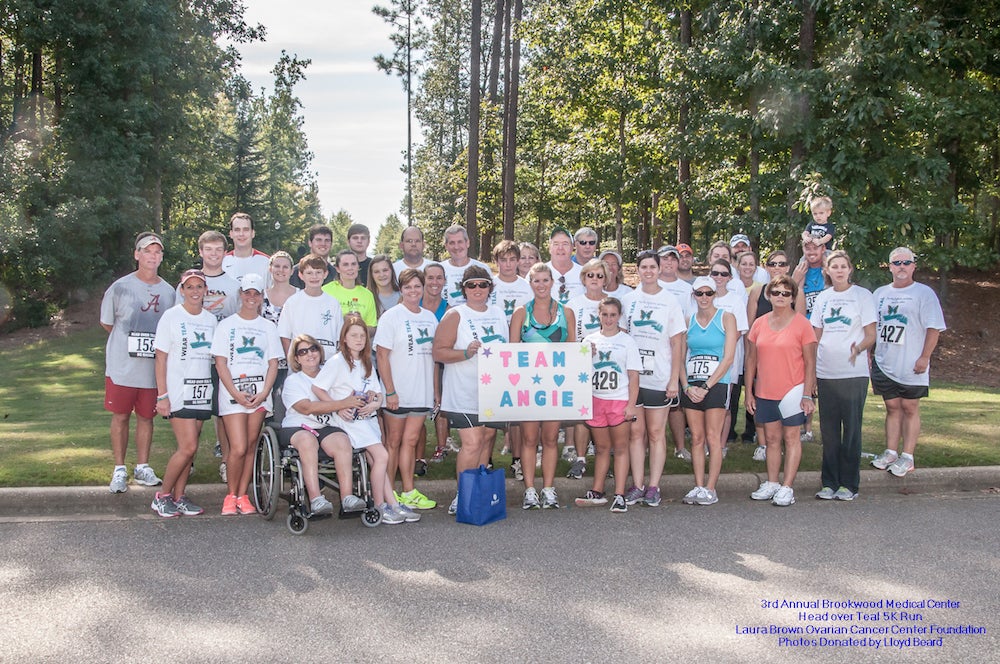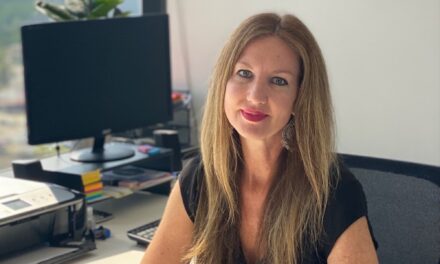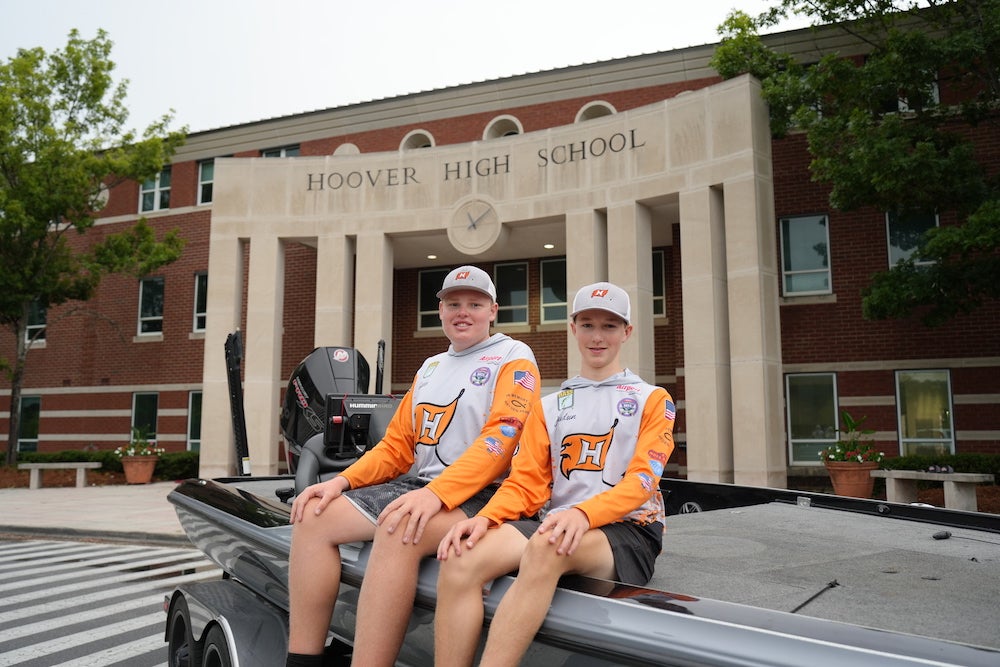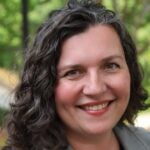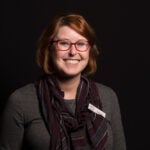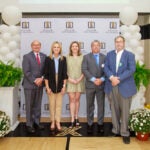By Carmen Brown
Photos by Lloyd Beard & contributed
Alice Laurendine chuckled as she recalled the time just a few months ago when her 14-year-old grandson, Hudson, wanted to learn to bake banana bread with her.
“We didn’t think to check to make sure the crevices were filled in and when it was in the oven, it exploded everywhere,” she says, chuckling. “Half of it was still in the pan, so we were still able to eat some, but I hadn’t seen cake explode like that in years!”
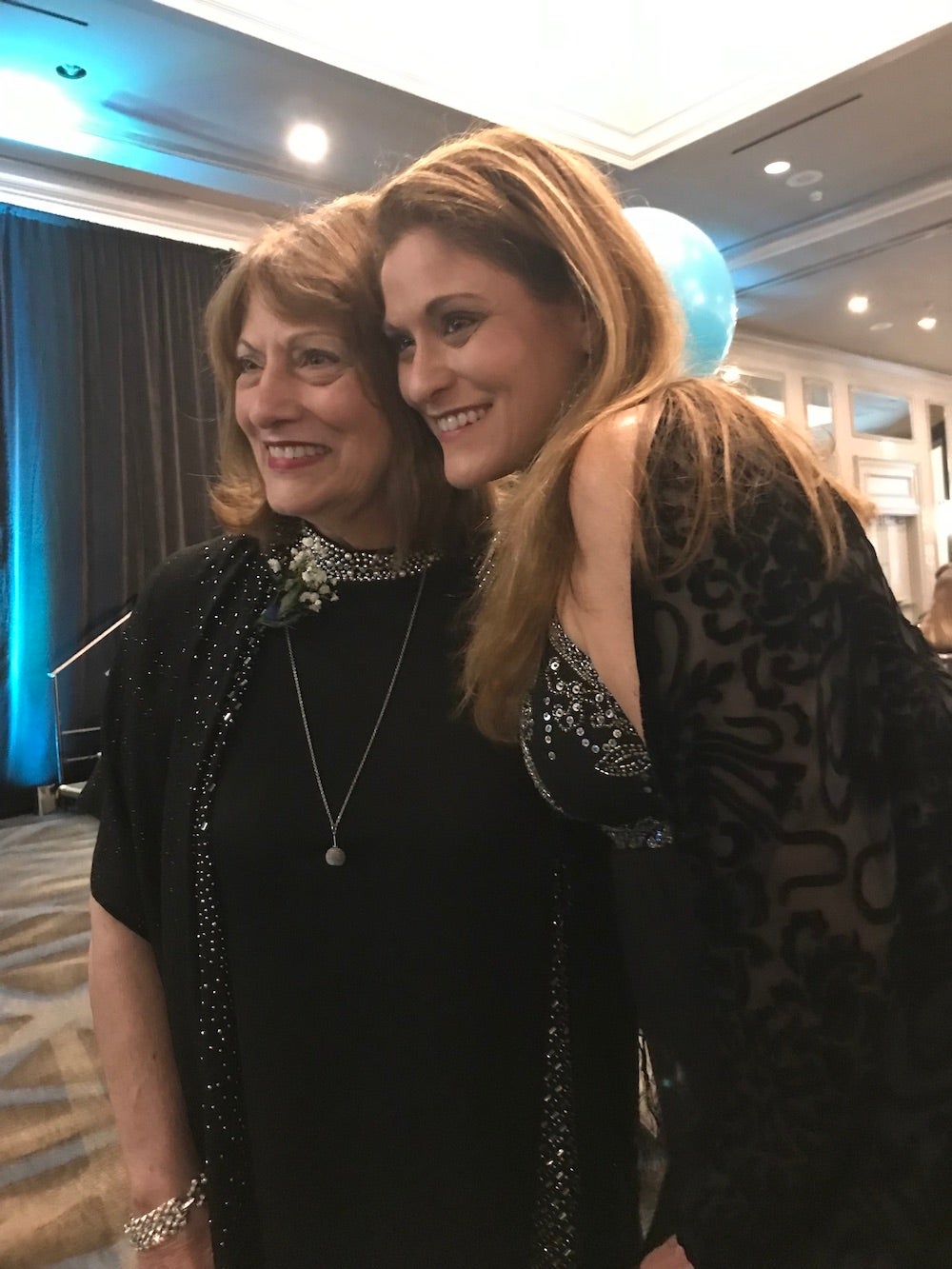
The former Vestavia Hills teacher and educator has been enjoying retired life for 17 years, spending a lot of time sharing meals with her husband Ken, daughter Lacee and her two grandsons, Zach, 17, and Hudson. But there was a time not too long ago when she was in too much pain to cook and too weak to go buy groceries.
It began in early 2008, when she began dealing with bloating, weight gain and fatigue—symptoms she wrote off at first as being “normal” for a woman her age. But when unbearable abdominal pain- she didn’t even want her stomach to be touched- sent her to the ER at 4 a.m. one morning, she knew it was something much more serious.
Around that same time, 24-year-old Laura Crandall was just a couple of years out of college, having graduated from Auburn University with a degree in hospitality management and working at the Hotel at Auburn University & Dixon Conference Center, where she met her future husband, Walter Brown. In the midst of planning her wedding, like Alice, Laura began having digestive issues and sharp abdominal cramping . When she went for her annual exam, her physician said it was IBS due to stress and prescribed her steroids. By September, when she began feeling full after only a few bites of food and the pain was getting worse, Walter took her to the hospital.
This year, nearly 20,000 women like Alice and Laura will be diagnosed with ovarian cancer. Known as “the invisible killer,” symptoms can be vague, causing many women to not be diagnosed until it is too late. Misconceptions about the disease, such as that it only affects middle-aged women, also play a role in delayed diagnosis.

Perhaps what was most shocking for Alice was the fact she had a hysterectomy 23 years prior. She did not even have ovaries.
“I didn’t even consider ovarian cancer because I had had a hysterectomy,” she says. “But my doctor told me this is the case for 15 percent of women diagnosed.”
Less than half of women diagnosed survive more than five years.
“I had prepared my family, because I just knew I was dying,” Alice says. “I didn’t know many women who had had it, but the ones I knew of didn’t survive. That’s pretty scary.”
Laura, who was diagnosed with a rare, aggressive subtype known as Small Cell Carcinoma of the Ovaries with Hypercalcemia Tendencies (which has been found in a child as young as 4 months old), lost her battle a little over a year later. She and Walter had been married for just 13 months. Shortly before she passed in December 2009, she and her family started a nonprofit to change the one major contributing factor to the survival rate: the fact that there is no test for early detection.
The Laura Crandall Brown Foundation is the only nonprofit organization in Alabama dedicated solely to fund research to develop an early detection test. Located in Lorna Square in Hoover, the organization has been instrumental in funding research, as well as offering emotional and financial assistance to women with ovarian cancer and their families.
“When we were filling out the paperwork, Laura said, ‘We can’t let this happen to other women like me,’” her mother, Cecilia Crandall, says.

Ovarian Cancer Basic Facts
- Alabama is one of the top six states with the highest rates of death from ovarian cancer.
- Although the average age of diagnosis is 55 to 64, ovarian cancer affects all ages and ethnicities.
- Only 15 percent of cases are diagnosed early.
- Of the five gynecologic cancers, only one type-cervical-has an early detection test.
What We Know and What is Being Done
In order to find a test for early detection, the Foundation has provided $500,000 in research grants to centers such as the Mitchell Cancer Institute at the University of South Alabama, UAB Division of GYN Oncology and the Ovarian Cancer Institute at Georgia Institute of Technology.
Laura’s father Jim Crandall has served as president of the board of directors and stays informed on the latest research. He says multi-cancer screening tests, such as Cancer Seek that do DNA analyses to look for gene mutations that regularly appear with cancer are very expensive. They’re about $800 and typically only tested in high-risk women.
“It’s not yet FDA approved. We have to test a lot of women,” Jim says. “But if that’s successful, legislation has been proposed for Medicare to pay for these tests. It has quite a few co-sponsors. A lot is going on in this area for cancer in general, especially the hard-to-detect types.”
Jim says groundbreaking research at the Ovarian Cancer Institute in Atlanta, which brings in researchers from other disciplines, has been very promising as far as developing a test for early detection. The Laura Crandall Brown Award for Early Detection is a $50,000 grant given each year to scientists like these who need assistance validating their research.
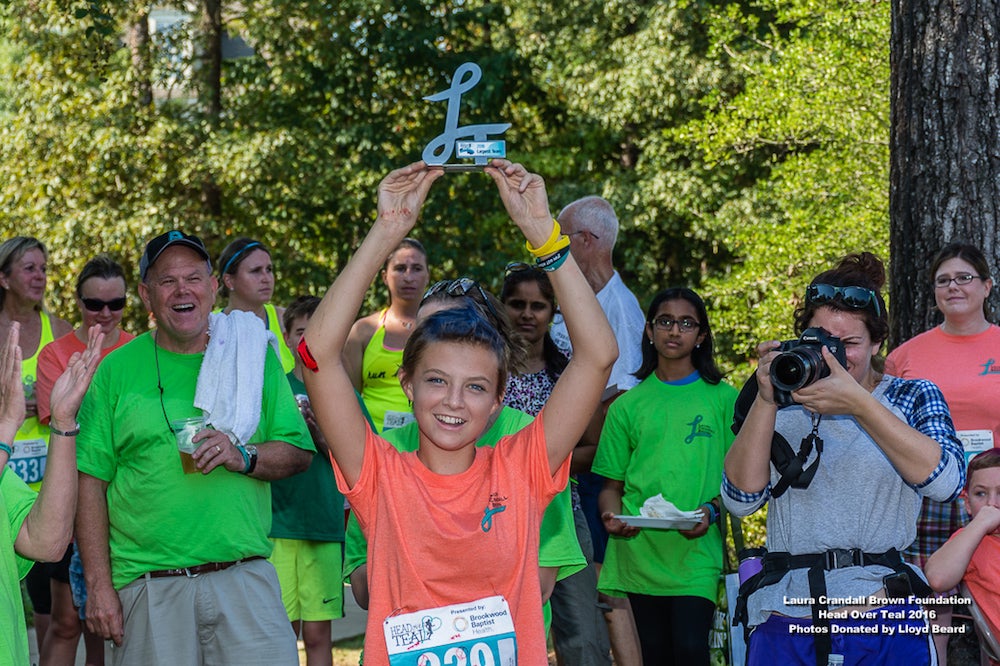
“It’s an extremely slow process,” Jim says. “Catching it early and determining the type is very important. Once a reliable test is discovered, we can turn research over to treatment and more education.”
Alice says that researchers are also finding that the fallopian tube is where most ovarian cancer starts.
“At-risk women now have the option to go ahead and have their fallopian tubes removed if they wish,” she says. “If you’ve had endometriosis, you’re more likely to develop ovarian cancer.”
In addition to helping cancer patients who need help with finances and transportation, the Foundation also offers several support groups. The Woman to Woman program pairs cancer patients with survivors who are trained to listen, communicate and support them in their journey. The CanSurvive Support Group is for everyone affected by ovarian cancer: patients, husbands, friends, family members, doctors and caregivers. Cecilia is active in CanSurvive and has created a private Facebook group to reach out to those affected. Survivors Teaching Students is a program where survivors speak to medical students, specifically those in gynecologic oncology.
“They’re the same age as Laura when she was diagnosed, so this hits home for them,” Cecilia says.
Alice, who now speaks at Survivors Teaching Students and helps with Woman to Woman, says that through most of her fight, she didn’t want to go to a support group.

“A couple of months past my treatment someone reached out and I thought, well, I’ll go. I wish I would have started going sooner. Just hearing their stories would have made a big difference.”
LCB Foundation Executive Director Ramona Graffeo says a good number of men are active in the organization as well, attending support groups and fundraisers like the annual Taste of Teal Gala, where every year a piece of Laura’s artwork is auctioned off. The annual Get Busy Fighting golf tournament in memory of Ginny Bourland, who died in 2017, is another well attended event.
“So many people see this as just a women’s issue,” Ramona says. “We have a board member who lost his mother to ovarian cancer, and he always says that not every man has a sister, a daughter or a wife, but every man has a momma.”
Listen to Your Body
Ramona says that all of the statistics surrounding ovarian cancer can be discouraging, but women can take control and be proactive against the disease.
“For many women their gut told them something was wrong, and they didn’t mess around. The biggest message we give to women is to listen to your body,” Ramona says. “Women have got to learn to not be afraid. Go ahead and check it out.”
Alice was declared cancer-free in May 2009. Ten years later, she still goes in for an annual test. She continues to monitor her health, having lost 40 pounds by giving up most sugar and eating mostly fruits and vegetables.
“If you’re diagnosed early enough, you’re much more likely to survive and tolerate the chemo,” she says. “It’s a very tough thing to go through, but it’s well worth it to survive.”
Now her days are full—reading, volunteering at church, playing bridge and traveling. She’s hitting every continent, she says, but right now she’s looking forward to a trip to Mobile with her husband for his class reunion. She’s also active in the Character Education Program at Samford University. An avid historical fiction fan, Alice is also attending a book club meeting in Hoover to discuss “The Last Wife of Henry VIII.”
“You don’t take your days lightly anymore,” she says.
And she plans to have many more days with her family baking banana bread.
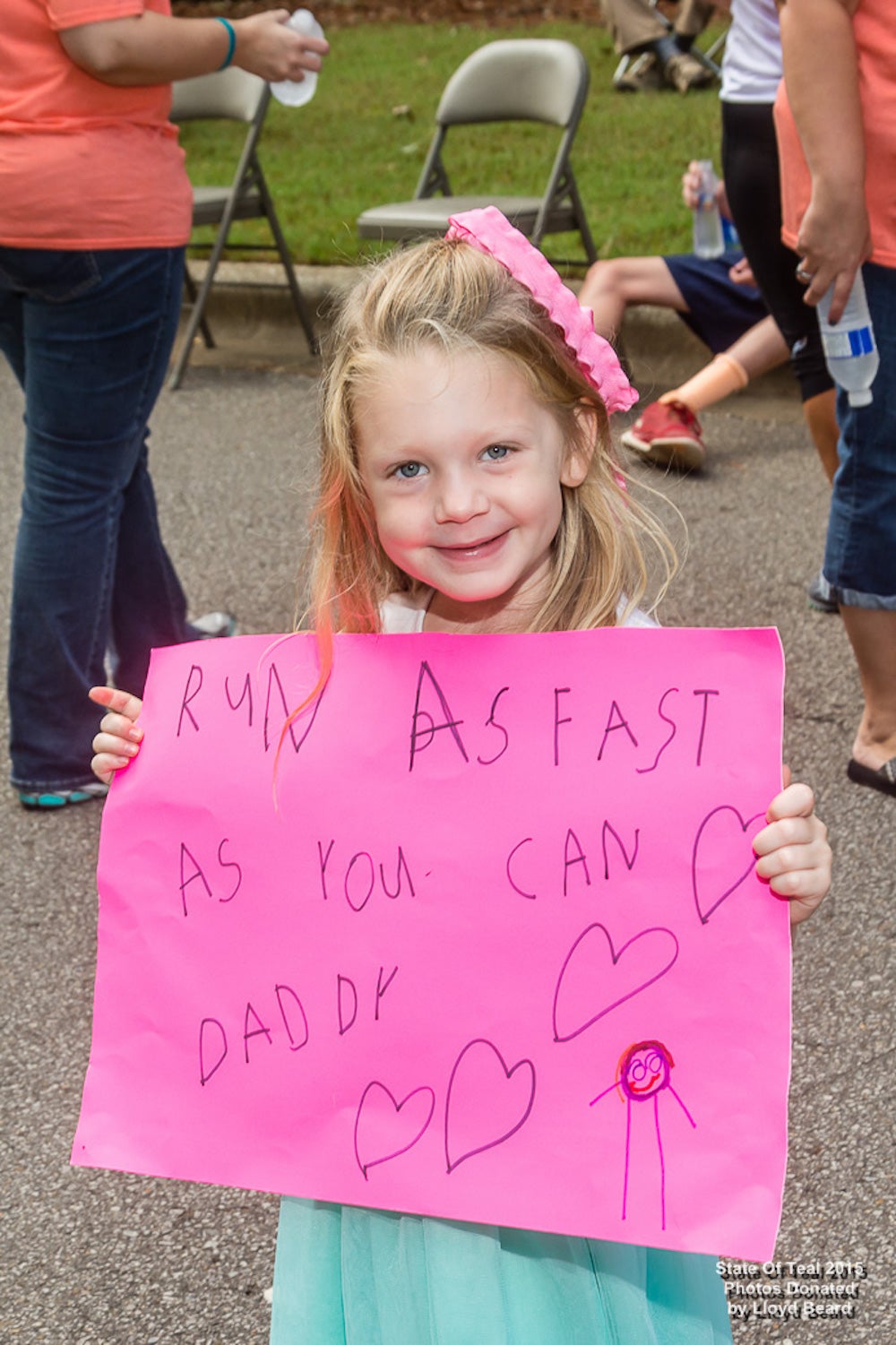
How You, Readers, Can Help
The next fundraiser is the Head Over Teal 5K/10K on Saturday, Sept. 24 at 8 a.m. in The Preserve in Hoover, Alabama, as part of Gynecologic Cancer Awareness Month. For more information, visit Head Over Teal 5k/10k — Laura Crandall Brown Foundation (thinkoflaura.org).
For more information on ovarian cancer or how to volunteer or donate, visit thinkoflaura.org.

